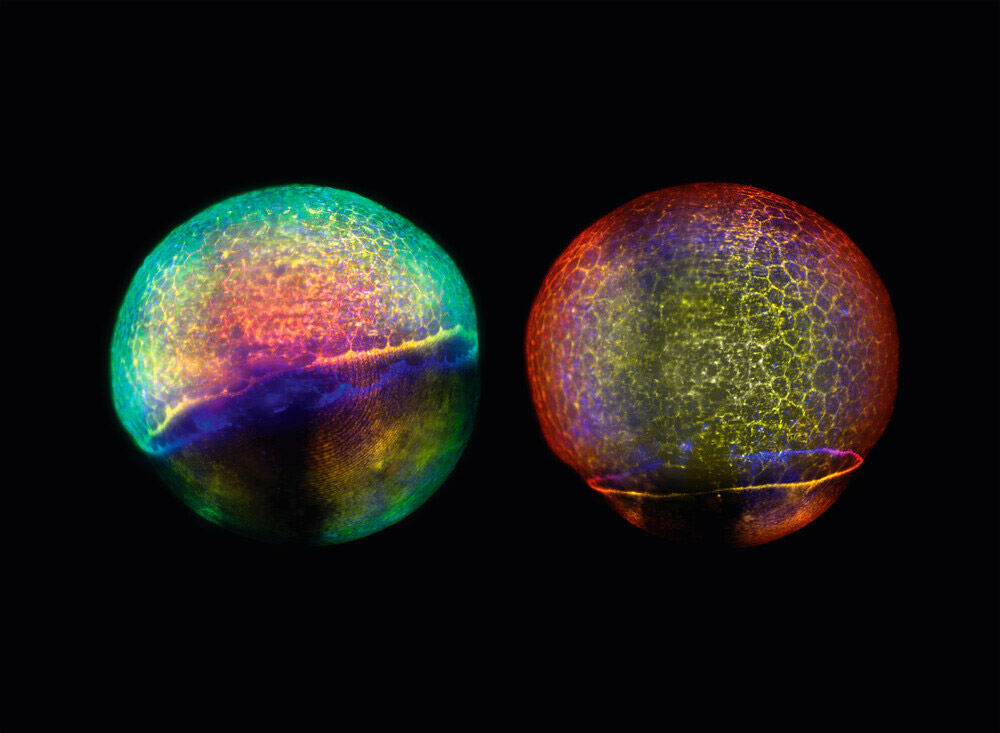SPIM allows minimally invasive 3D imaging of multicellular specimens at high resolution and has many applications, such as modelling tissue development and disease progression. Almost two decades on, the Stelzer lab at EMBL developed a fluorescence SPIM microscope that allowed scientists for the first time to watch a living embryo develop at the cellular level.
The SPIM technology was further developed by Lars Hufnagel, a former group leader in the Cell Biology and Biophysics Unit at EMBL, so that larger samples could be studied at high resolution. Hufnagel described the key advance in a Nature Methods paper, which was later recognised by Nature as Method of the Year 2014. The development of this new technology sparked a lot of interest from the research community:
"We were contacted by a number of labs that wanted to get access to this disruptive technology," said Jürgen Bauer, EMBLEM's deputy managing director.
The demand for SPIM technology inspired EMBLEM to create the company Luxendo to make the technology widely available to the scientific community.

References
Keller PJ et al. (2008). Reconstruction of zebrafish early embryonic development by scanned light sheet microscopy. Science 322(5904):1065–1069. DOI: 10.1126/science.116249382
